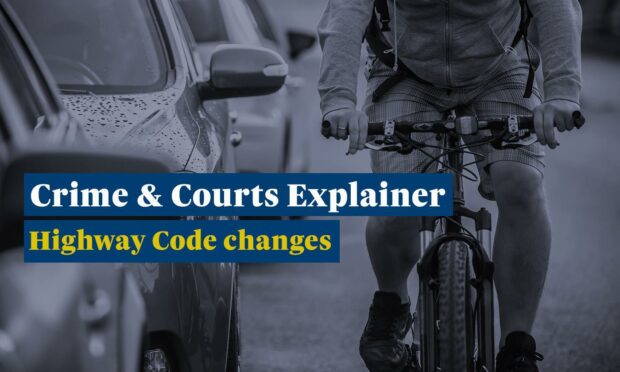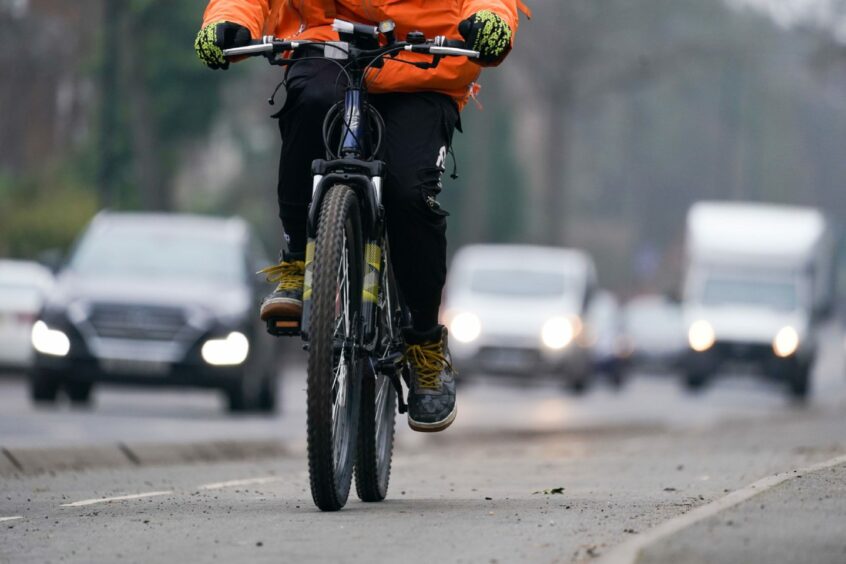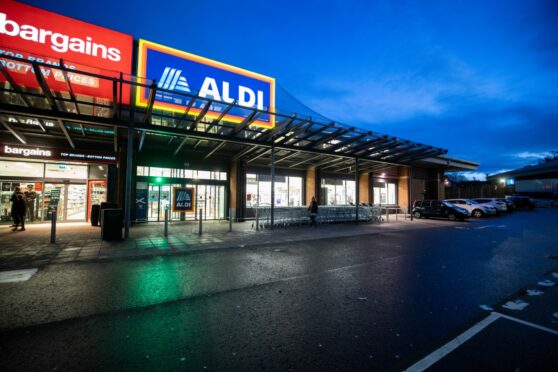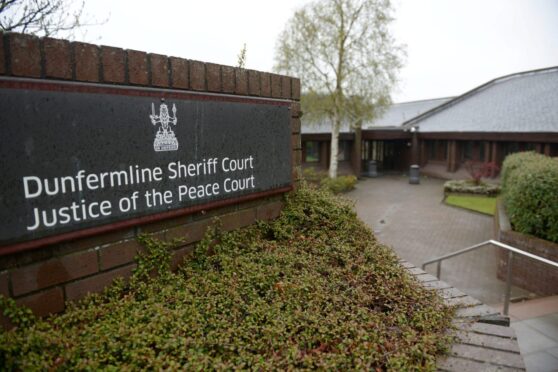A series of updated Highway Code rules come into effect this weekend, aimed at reducing the tally of tragedies and serious injuries on Britain’s roads.
The changes effectively create a new hierarchy for road users, while formalising basic courtesies.
And there will be tighter controls on mobile phone use behind the wheel.
Concerns have been raised that too few people know about the revisions and how they could affect them.
Meanwhile, misinformation and downright absurd takes on the new rules are also causing confusion.
Here we run through some of the main updates and look at why they are needed.
Why the changes?
Simply, the new rules aim to improve safety.
The Department for Transport (DfT) says the new changes will improve safety for cyclists, pedestrians and horse riders.
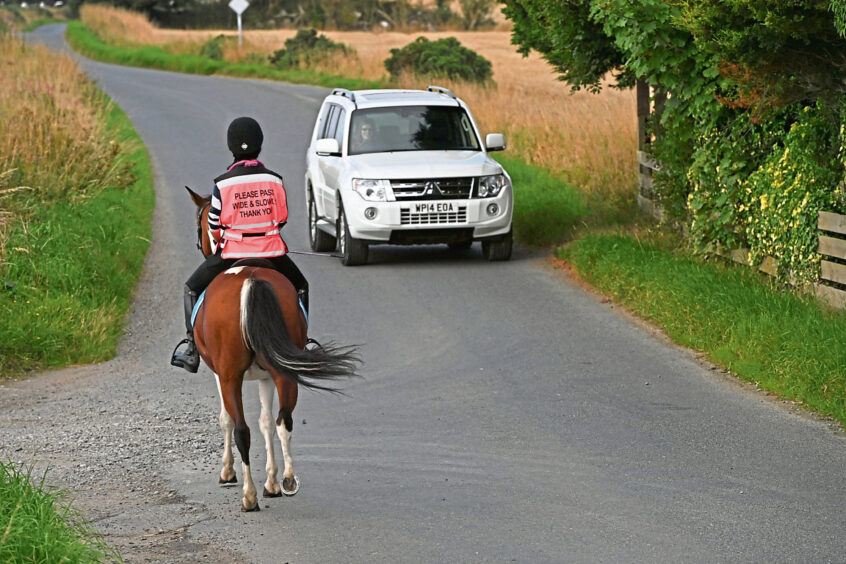
Figures released by the Department for Transport show 4,290 pedestrians and 4,700 cyclists were killed on UK roads in the 12 months ending in June 2021.
Fake news?
The AA has warned one in three drivers are still unaware of the new road rules.
The breakdown recovery giant has accused the UK Government of being “far too silent” in promoting the changes but the DfT insists it will ensure all users are aware.
A survey found that 33% of motorists are unaware the Highway Code is being revamped.
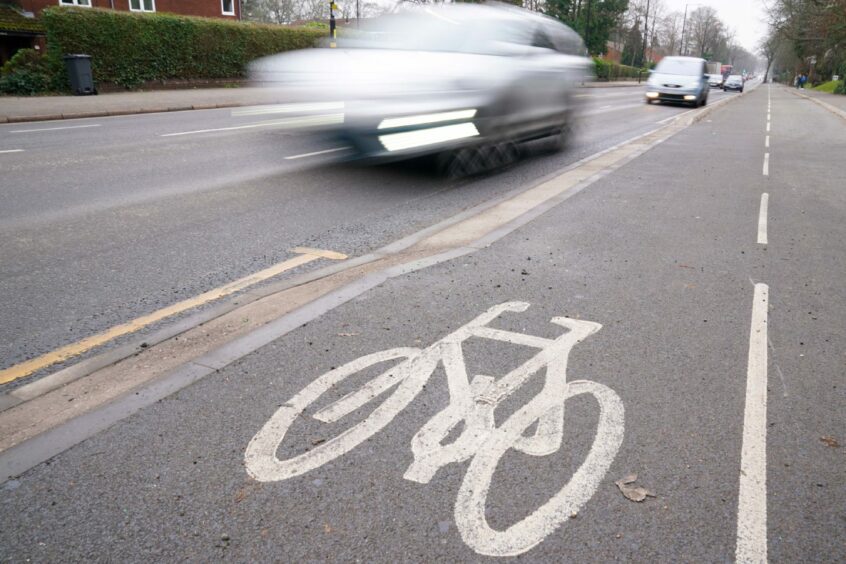
Meanwhile, charity Cycling UK has warned of fake news about the rule changes circulating on social media.
For example, you won’t be fined £1,000 if you open your car door the wrong way.
The updated Code suggests a new Dutch Reach technique which can help motorists AVOID prosecution.
What are the main changes?
New Road hierarchy
From Saturday – pending parliamentary approval – walkers and cyclists will be officially recognised as the most vulnerable road users.
The introduction of a road use hierarchy is designed to make their safety of paramount importance.
Effectively, road users with the potential to cause the most harm – such as those driving big vehicles – have more responsibility to reduce the threat posed to other road users.
For example, pedestrians – with particular emphasis on children, older adults and disabled people – are identified as “the most likely to be injured in the event of a collision”.
As a result, the law will place more responsibility on drivers to watch out for cyclists, pedestrians and horseriders.
Give Way
At a junction, drivers and motorcyclists must give way to pedestrians crossing or waiting to cross.
Cyclists should give way to pedestrians on shared-cycle tracks.
Until now, vehicles were given priority at intersections.
Keep your distance
Drivers and motorcyclists are urged to give priority to cyclists when turning in or out of a junction or changing lanes.
They should not cut across the path of any other road users while going into or coming out of a junction.
Drivers are also encouraged to stop and wait for a safe distance between cyclists at roundabouts, or during slow-moving traffic.
Overtaking cyclists
There is also cleared guidance for drivers to leave a “safe passing distance” of at least 1.5 metres when overtaking cyclists at speeds of up to 30mph.
Above that speed, they need to leave more space.
And at least two metres are required when overtaking people who are walking on roads without pavements.
Rule 72 establishes the right for cyclists to ride in the centre of their lane – not the centre of the road as some headlines have suggested – to ensure they remain visible.
The Dutch Reach technique
Drivers are also encouraged to use what is known as the Dutch Reach technique, when opening their doors.
In an effort to reduce the risk of an accident, drivers should use the hand on their opposite side, as it is more likely to lead to them looking over their shoulder.
Mobile phone crackdown
The laws on mobile phone use is also being tightened.
Drivers can already be fined for making or receiving calls, or texting.
The new rules will penalise motorists for touching their phones while driving.
That includes taking pictures, scrolling through playlists or playing games.
If caught, drivers could be slapped with a £200 fine and have six points added to their licence.
However, there are exceptions.
Drivers can still use their phones to make contactless payments at toll roads.
And the law will not affect people using their phones as sat navs, if they are in a secure phone holder.
But drivers will still need to safely pull over and stop to adjust their sat navs.
